Joint implementation of the Restoration of Wetlands and Associated Catchments Project in Eastern Uganda (ADA)
Enhanced resilience of communities and wetland and associated catchment ecosystems in selected Districts of River Mpologoma Catchment
This project seeks to support the Government of Uganda to restore wetlands and associated catchments in the Kyoga Water Management Zone in general, and the Mpologoma Catchment Area in particular. The project activities have been developed to respond to specific climate-related impacts and vulnerabilities of the Mpologoma catchment as outlined in the Mpologoma Catchment Management Plan (CMP). These include sustainable land management practices and reforestation; climate resilient agricultural practices; and alternative livelihoods for communities living in these areas to reduce the pressures on the wetlands. The project is focusing on 5 Districts of Butaleja, Budaka, Kibuku, Namutumba, and Kaliro.

The ADA PROJECT
2021 - 2023
The project operates as a market-based solution that reduces unsustainable exploitation of forest resources and the decline of ecosystem quality, while diversifying and increasing incomes for rural farmers and their families.
Theory Of Change
The project shall restore and sustainably manage wetlands and support target communities in wetland areas and their catchments to have alternative livelihood options that do not compromise the health of wetlands.
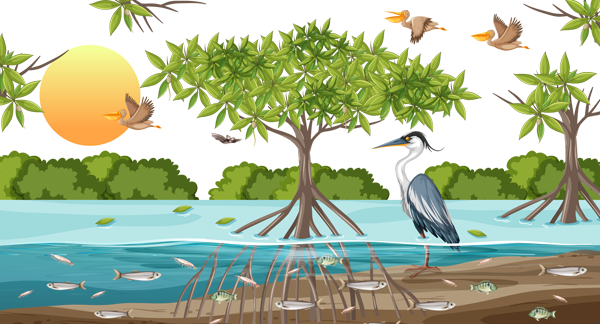
The Theory of Change is built on the understanding that if wetlands are protected from encroachment; and sustainable land management practices promoted in the catchments; creating economically viable alternative agro-based livelihood options for the affected communities, then, the wetlands ability to store and filter water will be increased, enabling communities to utilize the same water for production all year round in micro irrigation schemes and aquaculture enterprises, improve access to cleaner water for domestic use and sanitation services; and adapt better to climate variability.
As a result of poverty and inequality, smallholders in these rural areas are often very vulnerable to the impacts of climate change. Few investors invest in these landscapes because there are not enough projects with the potential to create a return on investment, or because they view projects aimed at climate resilience as being too risky to invest in. Weak policies, lack of inclusiveness, few regulations, and a low control of implementation and transparency show that the enabling conditions for investments in sustainable land use lag behind those for other investments.
This project seeks to support the Government of Uganda to restore wetlands and associated catchments by promoting catchment based integrated, equitable and sustainable management of water and related resources.
Expected Results
In line with the Mpologoma Catchment Management Plan, the project will aim to enhance water quantity and quality for domestic and productive uses through restoration of wetlands and associated catchments. Restoration of wetlands and associated catchments will contribute to resilience building particularly for food and nutrition security, income security, environmental health and appropriate socio -cultural behavioural changes. This project shall adopt an integrated catchment -based approach to address deforestation and degradation of wetlands and their associated catchments, for improved, land productivity, water and sanitation issues in selected districts of Eastern Uganda namely, Kibuku, Namutumba, Kaliro, Budaka and Butaleja, taking care that all actions undertaken also deliver gendered results. The project actions are expected to enhance the ecosystem services of the wetlands and their associated catchments through restoration and reforestation activities (i.e. including water harvesting and aquifer recharge), and improved agricultural practices. Several alternative livelihood options will be promoted in the wetland catchment while integrating sustainable production and consumption principles related to circular economy to the extent possible.
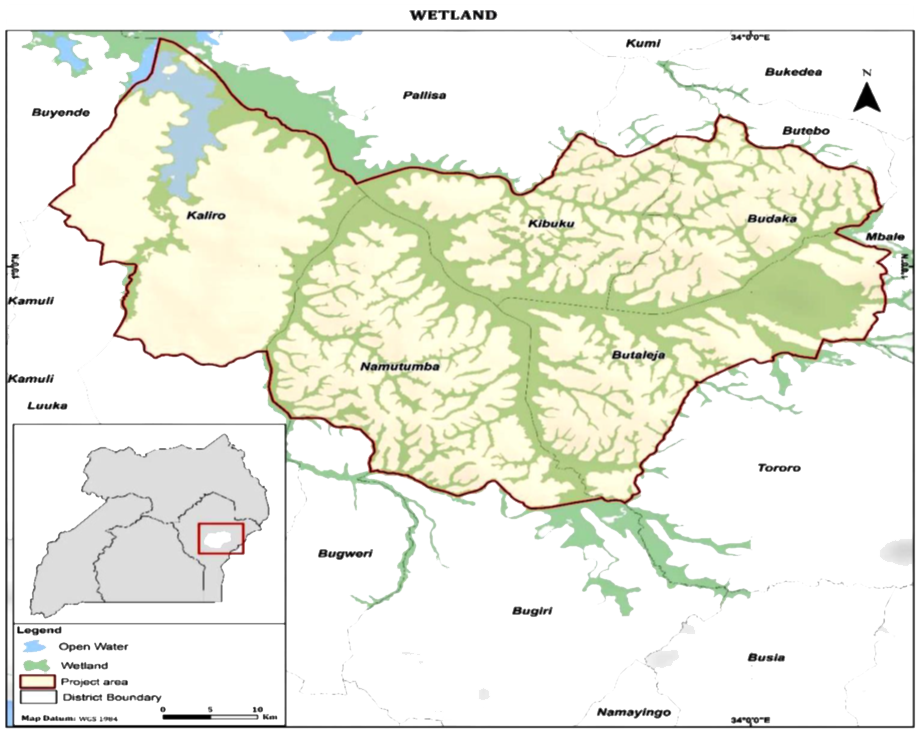
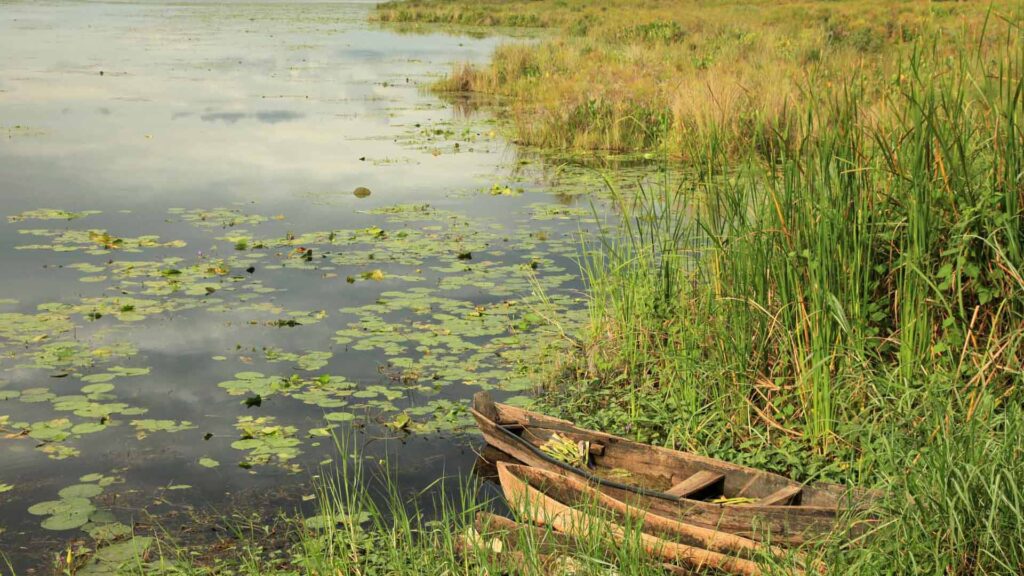

Project Outputs
- Output 1: Degraded wetlands, and associated catchments restored and or rehabilitated and intact wetlands protected.
- Output 2:. Improved agricultural practices and alternative livelihood options in the wetland and associated catchment areas promoted.
The two outputs are interrelated by addressing the identified challenge and climate related drivers of wetlands degradation. The first output aims at restoring and strengthening the resilience of the physical attributes of the target wetlands by improving reforestation, water flow, storage and indigenous species. This restoration effort will only be effective in addressing climate vulnerabilities if the people living in and around the wetlands have alternative and resilient livelihoods that do not rely on the wetlands and further exacerbate their degradation.
Thus, output 2 will provide this alternative by delivering high quality training and small grants to help subsistence farmers adapt and strengthen resilience of their agricultural practices (including crop diversification and climate smart practices) in the face of climatic change and provide skills for sustainable management of alternative enterprises to buffer climate-related shocks. Delivering the two outputs will ultimately facilitate the achievement and delivery of the project Outcome.
Under output 1, project activities will focus on strengthening the resilience of the wetlands and their associated catchment areas to maximize their ecosystem benefits to the communities. Actions will include demarcating and physically restoring wetlands and catchments, by implementing catchment management plans that ensure sustainable land and water management of these ecosystems.
The resulting output of these two activities is healthier wetlands and associated catchments in the targeted areas which will be more resilient to impending climate risks, and lead to several short-term outcomes.
These outcomes relate to the specific services that a restored and a sustainably managed wetland ecosystem can provide to strengthen climate resilience of the surrounding communities. These may include strengthened livelihood activities, such as fishing and dry-season farming, water storage and filtration for use by households, livestock and irrigation or crop production, and protection against floods, storms and droughts. Strengthened livelihoods will contribute to increasing sources of income (and thus increased income generation) and diversification such that income is not susceptible to degrading wetlands and climatic changes.
Strengthened livelihoods, as well as improved water storage and filtration, will also contribute to increased food and water security, since surplus agricultural production, water access and income will be available. Reduced intensity of natural disasters, resulting from healthier wetlands to protect against floods, storms and droughts, will lead to reduced losses of lives and livelihoods from these extreme events. Replicating or scaling up the activities under this output both within these target areas and to other wetlands, will improve the health of wetlands, which will further multiply the potential short-term outcomes a healthy and sustainably managed wetland can provide.
Under output 2, project activities will contribute to both strengthening existing agricultural livelihoods by introducing climate-resilient practices and sustainable land management, as well as introducing new opportunities for livelihoods that use sustainably managed wetlands. Climate-resilient agricultural practices will be defined and introduced based on communities’ needs, and will include climate smart agriculture, conservation agriculture, and crop diversification (e.g. planting drought tolerant crops, early maturing crops, adopting multiple cropping techniques to spread risks). Similarly, new livelihood opportunities such as eco-tourism, aquaculture, poultry and dairy production will be introduced to prevent further degradation of wetland ecosystems.
Thus, output 2 will provide this alternative by delivering high quality training and small grants to help subsistence farmers adapt and strengthen resilience of their agricultural practices (including crop diversification and climate smart practices) in the face of climatic change and provide skills for sustainable management of alternative enterprises to buffer climate-related shocks. Delivering the two outputs will ultimately facilitate the achievement and delivery of the project Outcome.
- The ADA PES FACILITY
A Long-Term Sustainability Financing Mechanism
UNDP will partner with the Environmental Conservation Trust of Uganda (ECOTRUST) to implement a payment for environmental services (PES) facility for the project – based on a similar collaborative partnership (2014-2016) for implementing a viable PES facility for ecosystem-based adaption (EbA) to Climate Change in Mt. Elgon area – with pilots in Bulambuli and Sironko Districts.
How it works
The PES facility presents an opportunity for a long-term sustainability financing mechanism that helps farmers engage in activities that build their resilience through reversing ecosystem degradation and generating sustainable incomes.
ECOTRUST will design a PES-based scheme to incentivize wetland restoration, sustainable land management and reforestation; and climate resilient agricultural practices for at least 12500 direct small holder farm households in the 5 districts of Butaleja, Budaka, Kibuku, Namutuumba and Kaliro in the Mpologoma Catchment area of the Kyoga Water Management zone.
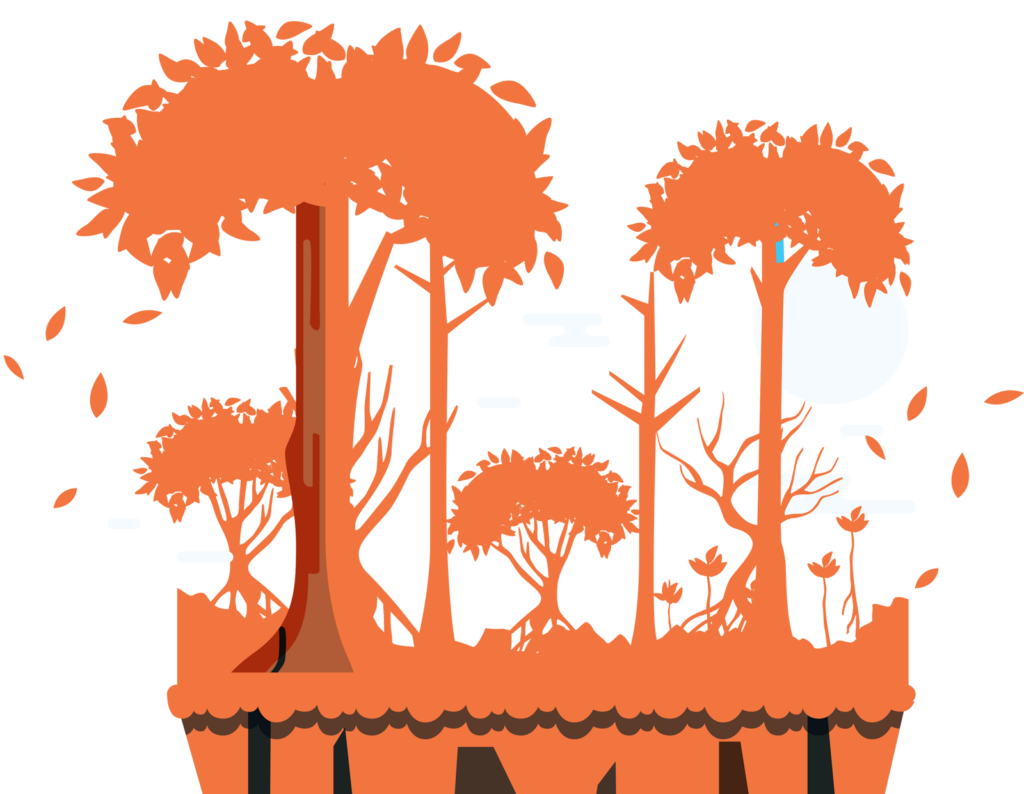
Incentive payments will be designed for performance-based premium environmental outcomes including soil and water conservation, watershed protection services, carbon sequestration and biodiversity conservation. The PES scheme presents restoration as a sustainable reforestation business to smallholder growers.
Besides targeting individual smallholder farm households, the facility will mobilize and target community groups in order to accelerate wetland restoration.
The facility will design conservation agreements with selected community groups or wetland associations across the 5 districts and award small grants to them in return for comprehensive performance-based wetland conservation outcomes agreed upon in the conservation agreements. The conservation grants will be administered through the capitalization of the local small community level micro-finance initiatives where the community groups or associations are members.
The sustainability of the PES Facility financing model is based on its ability to generate capital to recoup investments (through sale of environmental services) to expand participation and to diversify. The PES scheme will be linked to the existing ECOTRUST Trees for Global Benefit (TGB) program. ECOTRUST will be responsible for empowering the local communities to participate in the scheme, support development of their organizations and strengthening their capacities to enable sustained benefits from the scheme.
As such, the project will seek to reduce pressure on wetlands by creating opportunities elsewhere while providing means to undertake regulated, sustainable, gender responsive activities in wetlands to benefit from the restoration.
- Project Activities
Output 1: Degraded Wetlands, and associated catchments restored and or rehabilitated and intact wetlands protected
Activity 1.1 Identify, map and profile priority sites for restoration of the wetlands and micro catchments in the selected districts.
Activity 1.2 Demarcation and restoration of degraded wetlands and inlet streams and protection of intact wetlands and catchments.
Activity 1.3 Develop Catchment management plans for the selected wetlands.
Activity 1.4 Design and construct or rehabilitate 5 small- scale water storage and retention facilities in critical waterways for communities to benefit from enhanced ecosystem functioning.
Activity 1.5 Carry out environmental and social impact assessments for relevant project activities.
Output 2: Improved agricultural practices and alternative livelihood options in the wetland and associated catchment areas promoted.
Activity 2.1. Establish incentive schemes for organised groups/communities for ultimate restoration and rehabilitation of degraded wetlands and associated catchments.
Activity 2.2. Develop abstraction and distribution of water for development of capture fisheries, aquaculture, and micro irrigation.
Activity 2.3. Promote resilient agricultural best practices.
Activity 2.4. Develop alternative livelihoods options through promoting gender responsive on and off-farm business enterprises.
- ECOTRUST Focal Points
Activity 2.1. Establish incentive schemes to organised groups/communities for ultimate restoration and rehabilitation of degraded wetlands and associated catchments.
The affected communities will be organized in groups and sensitized in starting catchment friendly income generating enterprises such as apiary, basket making, fishing, piggery, poultry etc. The project will support the groups with start-up inputs in form of small grants, build their internal organizational capacities to enhance group coherence, build their capacity for collective input purchase and collective marketing. Communities will also be trained on financial management, group dynamics, and collective decision making to increase benefits accrued from improved economies of scale. These economically viable, environmentally friendly sustainable enterprises will act as incentive to keep the communities away from the wetlands.
In addition, the Payment for Ecosystem Services (PES) activity will focus on.
Sensitization, mobilization, and mapping: Sensitization and Voluntary recruitment of 12500 participating individuals and communities from the 5 project districts. This will also include demarcation of wetlands and linking community actions to the sub-catchment management plans.
Prepare Conservation Agreements after Land-use Planning and monitoring: Designing land-use plans and conservation targets for all 12500 participating individuals and community groups; signing performance-based conservation agreements; and designing and implementing a digital performance monitoring system for all participants.
PES aggregation, commoditization, sale, and payments: Implementing a scheme that aggregates and commoditizes the various environment services from the 12500 participants; linkages and sale to the voluntary PES market and buyers; and performance-based payments to all participants.
Grants to wetland associations: Capitalization and monitoring of selected community micro-finance initiatives to administer small conservations grants as rewards to community associations for meeting their agreed wetland restoration targets in the negotiated conservation agreements.
Establishment of the said incentive schemes will take cognizance of the existing land use practices in each profiled area, and propose alternative production systems, practices and technologies, applicable in the catchment. Care will be taken to promote schemes that are beneficial to both men and women, particularly emphasizing the ones that will empower women, despite the cultural restrictions. Gender equality will be a key factor in choosing the implementation strategies for the different incentive schemes, to make sure no-one is left behind, and gender disaggregated data will be communicated for every activity reporting.
Activity 2.3. Promote resilient agricultural best practices.
These will include conservation agriculture (with use of both organic and inorganic inputs), crop diversification, mixed farming, use of appropriate postharvest handling techniques, product processing for higher value and longer shelf life, and organized collective marketing for better negotiation of prices and subsequent better incomes.
Following development of enterprise-based groups, capacity of farmer groups shall be built on financial management, group dynamics and cooperative management principles. The project will also partner with Ministry of Trade, Industry and Cooperatives to empower communities to manage these trade -related issues in the groups. Efforts shall be made to empower the women and vulnerable segments of the population, taking care of any emerging issues raised by new risks and environmental/political changes like COVID-19, which have differential effects on men and women.
Activity 2.4. Develop alternative livelihoods options through promoting gender responsive on and off-farm business enterprises.
This will promote land intensive on-farm options and off-farm enterprises that will be economically viable as established by the profiling that will be done in activity 1.1 in Output 1. Profitability of enterprises will be enhanced by increasing access to affordable modern value addition technologies and establish linkages to markets within and out of the project area. Cognizant of the gender differentiated access and user rights that may determine resource endowment necessary for investment in the livelihood options available to the communities, the project will provide for small grants to the community groups to enable vulnerable groups to overcome such challenges.
- Latest news from ADA
Update: Restoration of Wetlands and Associated Catchments Project in Eastern Uganda – ADA (2021 – 2023)
ECOTRUST is implementing the UNDP funded Restoration of Wetlands and Associated Catchments (ADA) Project in Eastern Uganda in partnership with BRAC, UNDP and the Ministry of Water & Environment (MWE),…
UNDP Partners with ECOTRUST for the Restoration of the Mpologoma Catchment Area
UNDP is partnering with ECOTRUST to set up and implement a payment for environmental services (PES) facility for the Austrian Development Agency (ADA) project- based on a similar collaborative partnership…

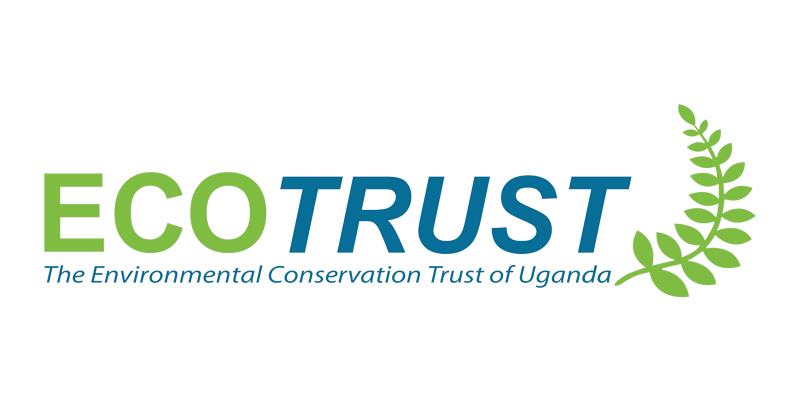
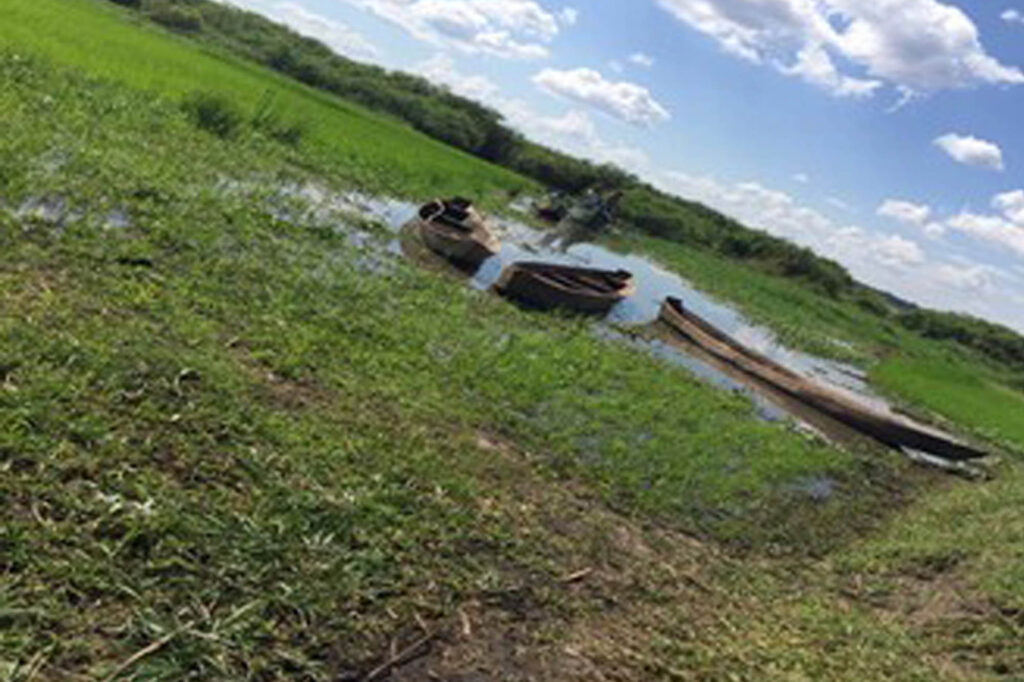
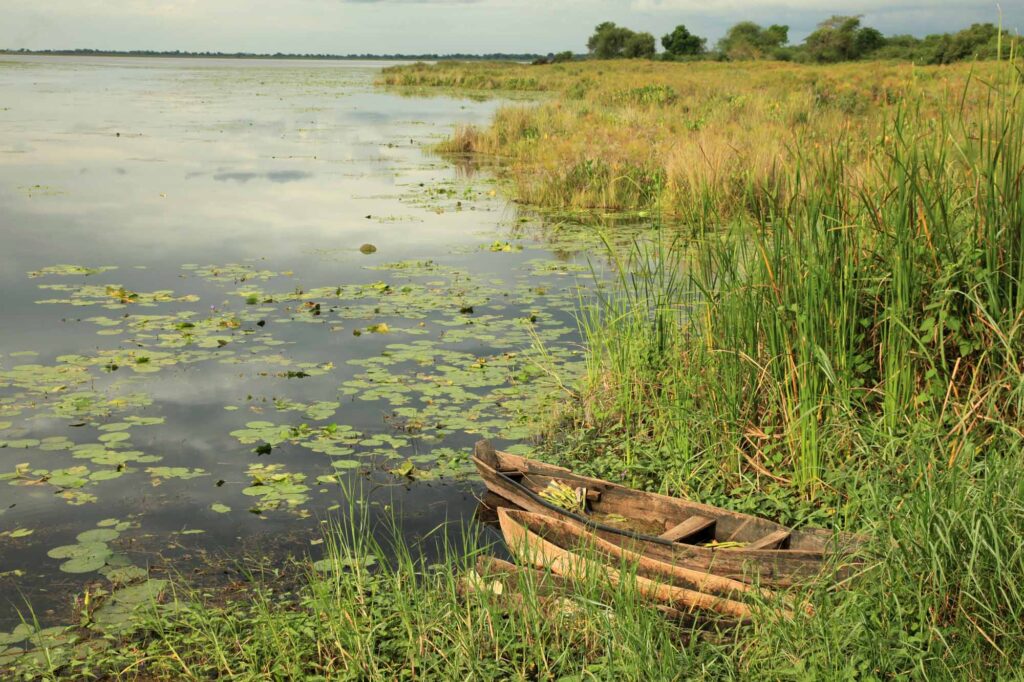
Follow Us On